How to grow Rowan |
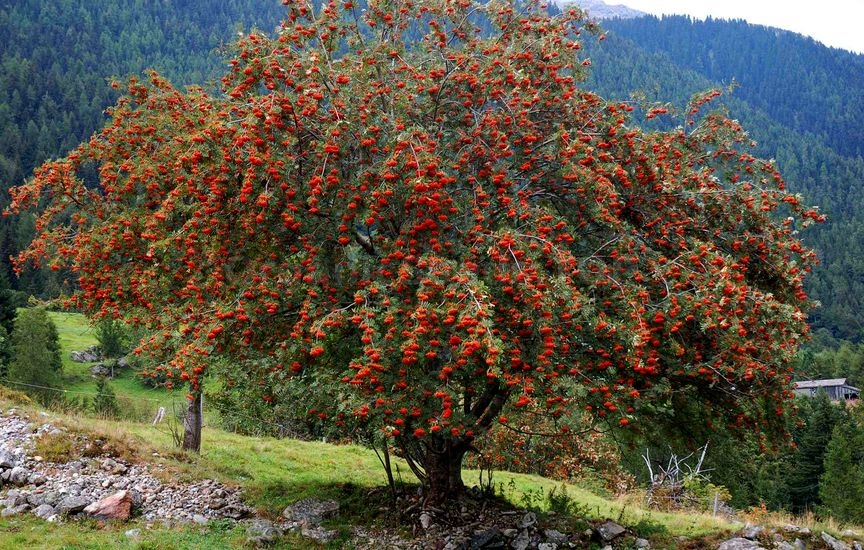 From August onwards, a common sight on Britain's hills and heaths is the orange berries of the rowan or mountain ash. Many of us are surprised at how early they are and often take them as the first sign that summer is on the turn. They are a vivid colour - a dark reddish orange - in a harsh environment and always look so luscious, although in fact they are dry to the point of being inedible. They are not for us though, but for the birds, who can take their time about eating them, so they may stay on the trees until early winter. 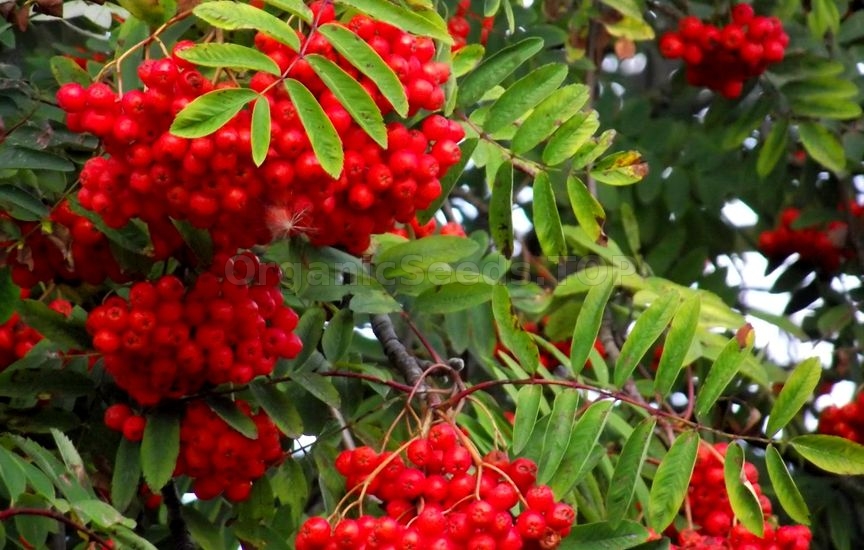 The rowan is one of our most decorative native trees. While the berries are its main feature, it has modestly attractive heads of cream flowers in spring and neat divided leaves which give it a finely textured look. Even on a bleak hillside, it is obvious that this is a tree that will make a good garden plant. The maximum size (at about 40 years), is 50ft tall and 30ft wide. On maturity, the rowan is an averagely broad tree. But for much of its life it has a relatively narrow shape, with upwardly spreading branches that cast light shade. Rowans vary greatly, in appearance and in flowering and fruiting ability. Over the years particular forms have been selected by nurseries, which then propagate them by grafting. 'Sheerwater Seedling' is one of these, picked out for its vigorous growth, upright habit, good-sized leaves and reliable and plentiful berries. It has been used as a street tree and is ideal for sites with little sideways space. How to grow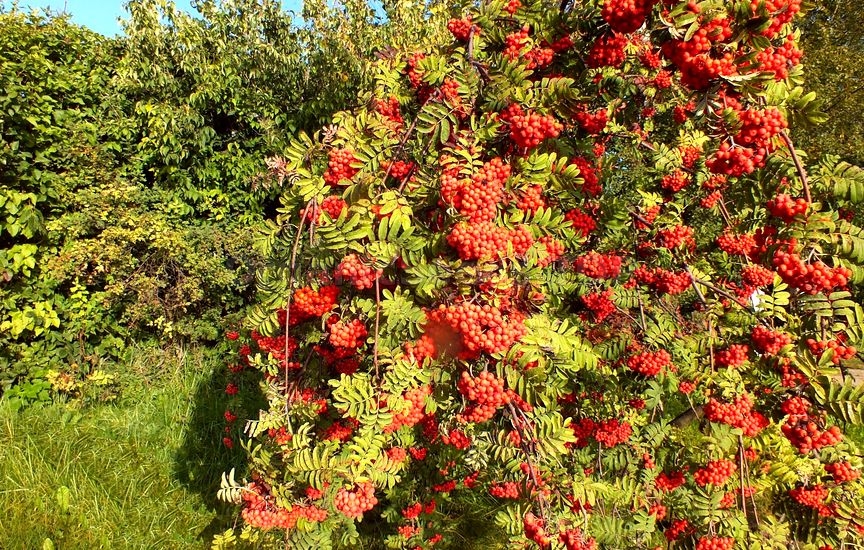 Not only are rowans good-looking medium-sized trees, they flourish in difficult conditions. This should come as no surprise to anyone who has seen them growing on windswept moorlands or sprouting out of cracks in rocks. The soil in these situations is usually poor and often thin or stony. In the garden they thrive on infertile, dry soils - acidic as well as alkaline.
But, as with many species which do well in dry soil, they do not like poor drainage. Their liking for barren hillsides should also be a strong reminder that rowans need full sunlight; they grow in light shade but will almost inevitably develop a poor shape. 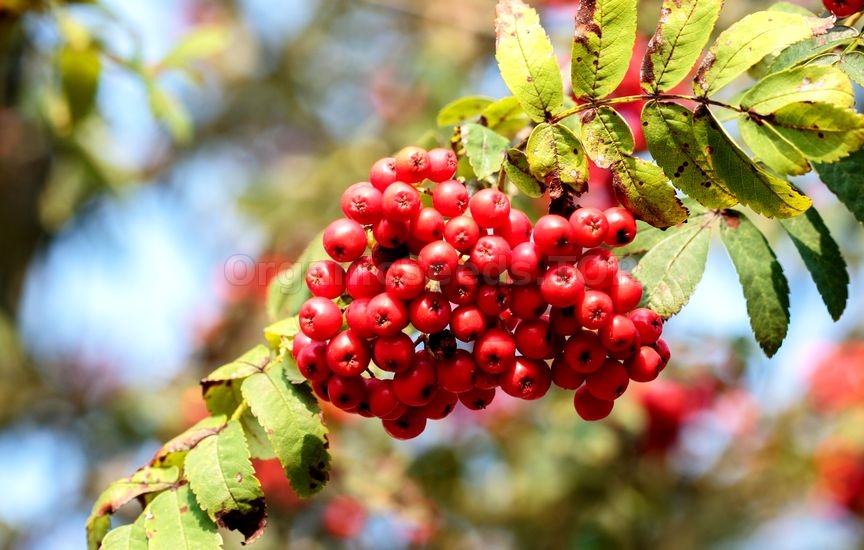 As with many fast-growing, relatively short-lived trees (50 is old for a rowan), they do not take pruning well. It does not take much imagination to realise that this is a good plant for a windy site (even an extremely windy one, including for the far north of Scotland). But it is perhaps not fast enough or large enough to be a first-class windbreak tree. Good companions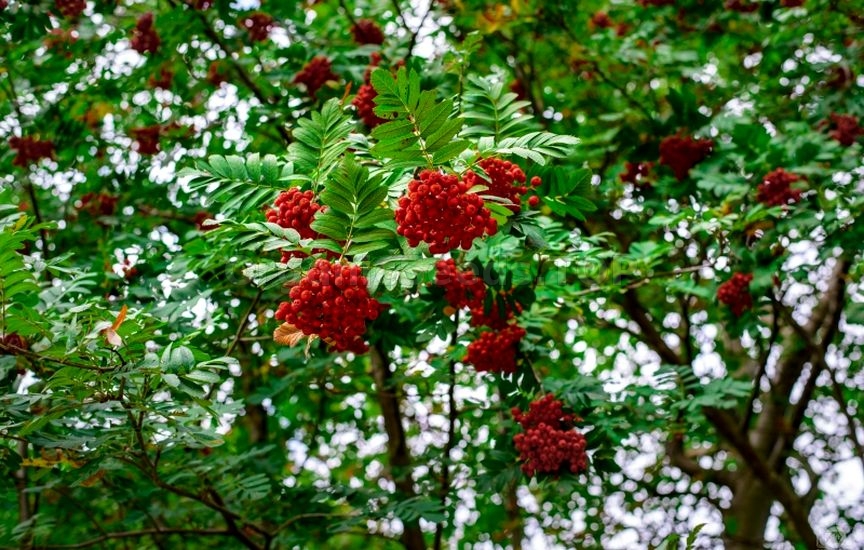 There are two ways of approaching the question of planting companions. One is to look at the tree in the wild and put together a group of plants which evokes its natural habitat (and which will consequently tend to need similar growing conditions). The other is simply to choose on the basis of complementary appearance and appropriate size.
Companions which go some way to recreating the moorland or hillside look include heathers and sedges at ground level, smaller-growing shrubby willows for the next layer and birches for trees of a similar size. Birches are often seen growing alongside rowans in the wild. Examples of small willows for underplanting include Salix hastata 'Wehrhahnii', with dark green leaves and silvery catkins, and the slow-growing Salix lanata, with silver foliage. 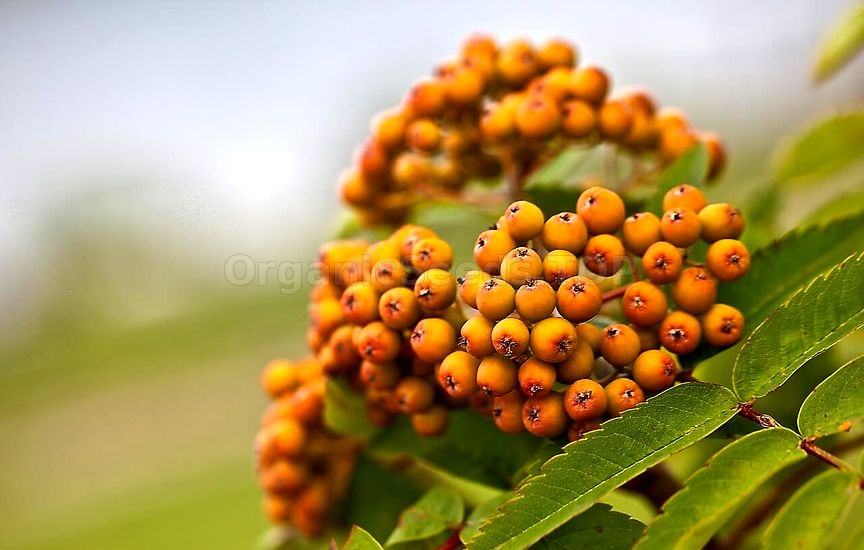 Heathers, whether winter- or summer-flowering, will flourish on poor soils (the former are usually lime-tolerant too). For a really wild look, grasses and sedges can be mixed with heathers. The obvious grass to go for is one of the varieties of our native purple moor grass, Molinia caerulea, but those with brown or bronze foliage, such as Carex comans or C. testacea, would also work well. The rowan, or indeed any of the many other species of sorbus, can be combined with shrubs and perennials in large mixed borders or used as a specimen tree in a lawn. Given the berry colour in autumn, for a good late combination combine it with late-flowering perennials such as asters and goldenrods, or with shrubs which colour well, such as species of amelanchier and cornus. 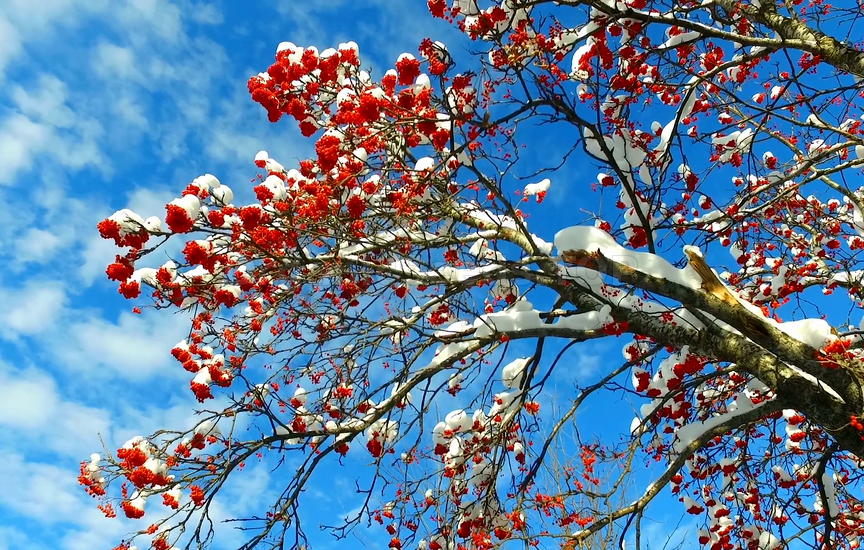 Benefits of Rowan BerriesYou may need:Organic Rowan Seeds (Sorbus Aucuparia)Organic Swedish Whitebeam Seeds (Sorbus Intermedia) |
|
|
